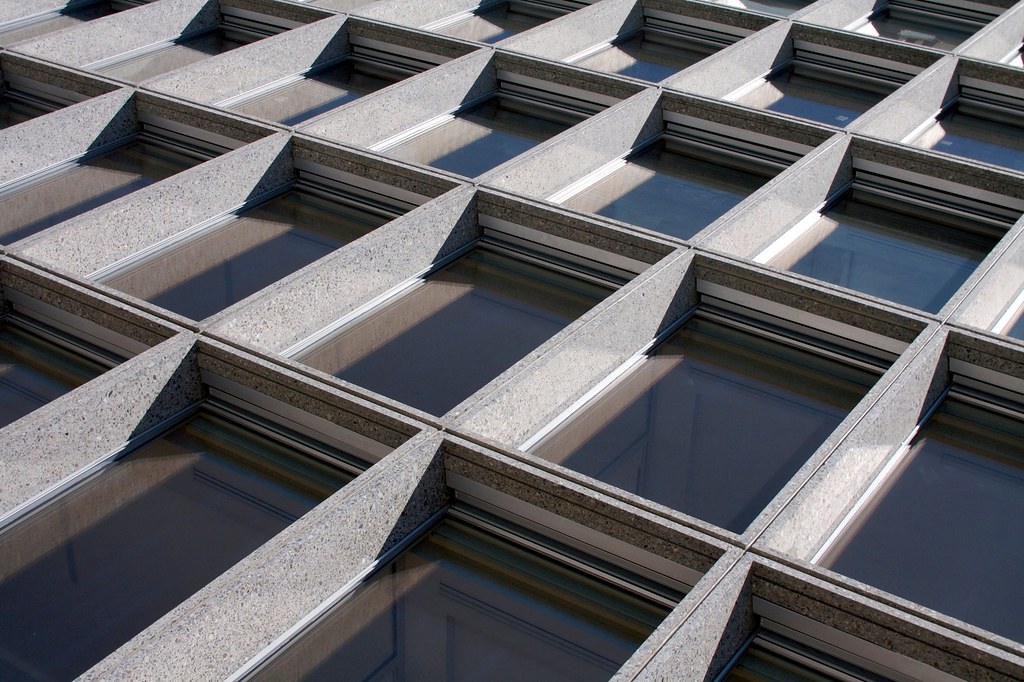
Departures Hall
The old terminal of the city’s airport is an essay in well proportioned, precisely detailed, slick high modernism, of the sort that in any other country would either be so hidden by a grimy cake of ill considered additions, and a total lack of cosmetic maintenance, that its original virtues would be entirely submerged; or else would have been lovingly rediscovered, restored, and elevated to a higher plane of architectural existence by the status of historical idol-hood that is conferred on a building together with the ‘heritage’ budget for its restoration.


Facade of Main Terminal Building

Advertisment for a luxury watch in Geneva Airport
These adverts seem to cluster into three groups, those that draw lines of reassurance from the past into our present, and by implication into a comfortably recognisable future; those that assure timeless worth through the scarcity value of the materials from which they are constructed; and those that thrust with the confidence and bravura of jet-engines, or fast cars, into a positively exciting future. The designs follow suit, with the first type all looking like bizarrely overcomplicated Victorian scientific devices (usually with a hint to the nautical) that I would have thought only Hollywood, or Tim Burton, could conceive of; the second type forming themselves as miniature display cases designed to show off their burden of diamonds or even, as above, their weight of genuine moon dust; and the third uniformly composed of two ingredients -although at varying quantities, these being the angular implication of movement and speed taken from the silhouette of a stealth fighter, and the massive punch and carved strength taken from the jutting profile of a tank.

Office building on the lake front
It was by parts thrilling and sad, I felt as if I were Donald Draper in MadMen visiting the city back in the day, bronze door handles, dapper suits and all, and the illusion only gets stronger if you are visiting as briefly as I did, and only have time for a momentary walk around the city, because its waterfront is clad in exquisitely maintained modern palaces from the same period, perfect boxes of Gordon Bunshaft slickness arrayed around the lake and the river as if they were counting down the days to their inception. Those buildings were thrilling, I could imagine the whole place like a little Florence of the 60s, but then accompanying these buildings wasn’t any art, decoration, invention or even glamour, just adverts and products like the kind below. Lots of little timelessnesses that can be melted down, and would either still hold their value, or be worth even more.


No comments:
Post a Comment